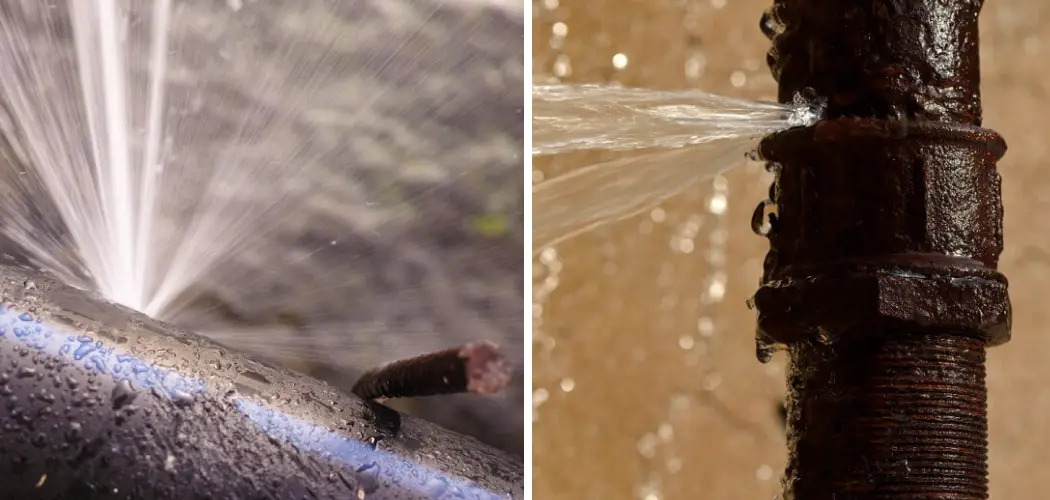Discovering a broken water line on your property is a homeowner’s nightmare that demands immediate attention to prevent water damage and costly repairs. Identifying the location of a ruptured water line, whether hidden underground or within the walls of your home, requires a systematic approach and careful observation. In this informative guide, we will unravel the mystery of how to find a broken water line.
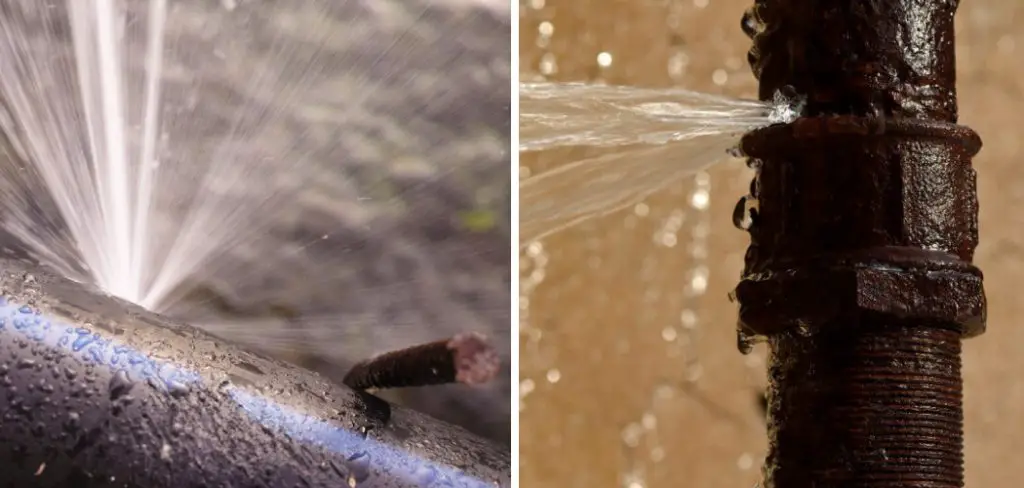
From scrutinizing water bills for unusual spikes to inspecting visible water damage, we will explore various indicators that may signal a compromised water line. Additionally, we’ll delve into advanced techniques such as using water line detection equipment and enlisting professional assistance to pinpoint the exact location of the break.
Empower yourself with the knowledge and skills needed to swiftly and accurately locate a broken water line, mitigating potential damage and restoring the integrity of your plumbing system.
Importance of Identifying and Repairing Broken Water Lines
Water is an essential resource for all living beings, and a continuous supply of it is vital for various functions. Whether you are at home or work, water plays a significant role in our daily lives. It is used for cooking, cleaning, hygiene, and many other purposes. However, the continuous use of water pipes can lead to leaks and breakages over time.
A broken water line can disrupt the normal flow of water, resulting in low water pressure, leaks, contaminated water supply and even structural damage to buildings. It is crucial to identify and repair these issues promptly to avoid any inconvenience or potential hazards.
The process of finding a broken water line may seem daunting, but it is essential for maintaining the safety and functionality of your water system. In this document, we will discuss the importance of identifying and repairing broken water lines, and how you can efficiently handle such situations.
Importance of Identifying Broken Water Lines
The most obvious reason for identifying a broken water line is to restore the normal function of your plumbing system. A damaged water line can cause significant disruptions in your daily routine and can result in costly repairs if left unaddressed. By identifying and repairing broken water lines promptly, you can prevent further damage to your pipes, fixtures, and property.
Moreover, a leaking or broken water line can result in increased water bills due to the continuous wastage of water. Identifying such issues early on will not only save you money but also help conserve this precious resource.
10 Methods How to Find a Broken Water Line
1. Check Your Water Meter
One of the easiest ways to determine if you have a broken water line is to check your water meter. First, make sure that all faucets and water-using appliances are turned off. Then, take note of the reading on your water meter. If the reading changes after a few hours, it is likely that you have a leak.
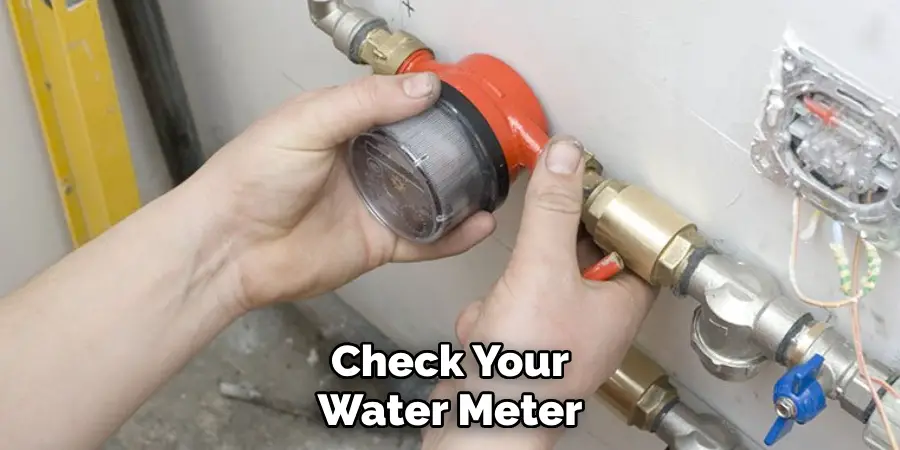
2. Look for Wet Spots in Your Yard
If there is a broken water line in your yard, you may notice wet spots or puddles in certain areas. This could indicate that there is an underground leak and should be investigated further.
3. Listen for Unusual Sounds
If you hear the sound of running water when no faucets or appliances are in use, this could also be a sign of a broken water line. The sound may be coming from an area where pipes are located, such as behind walls or under floors.
4. Check Your Water Pressure
A sudden decrease in water pressure can also indicate a broken water line. If you notice a significant difference in the strength of your water flow, it may be worth investigating for potential leaks.
5. Inspect Your Walls and Ceilings
Leaks can sometimes cause damage to walls and ceilings, leaving visible stains or discoloration. If you notice any unusual marks on your walls or ceilings, it could be a sign of a hidden leak.
6. Use Food Coloring
Toilets are one of the most common sources of leaks in homes. To check if your toilet is leaking, add a few drops of food coloring to the tank and wait 15-20 minutes without flushing. If the color appears in the bowl, it means there is a leak between the tank and bowl.
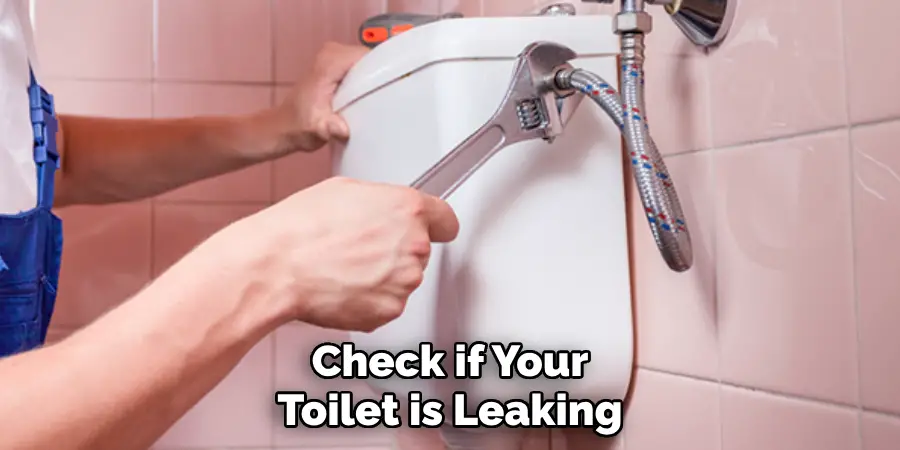
7. Conduct a Dye Test on Faucets
Similar to checking for toilet leaks with food coloring, you can also conduct a dye test on faucets by adding dye to the faucet’s water flow. If the color appears in the sink or tub, there may be a leak in the faucet.
8. Check Your Water Bill
If you notice a sudden increase in your water bill without any changes in your water usage habits, it could be a sign of a hidden leak. Keep an eye on your bill and investigate further if you see any unexplained spikes.
9. Use a Leak Detection Device
There are various electronic devices available that can help detect leaks by listening for the sound of running water within pipes. These devices can be helpful in locating hard-to-find leaks.
10. Call a Professional Plumber
If all else fails, it is best to call a professional plumber to inspect and repair any broken water lines. They have the expertise and specialized equipment to accurately locate and fix leaks in your home’s plumbing system.
Things to Consider When Finding a Broken Water Line
When it comes to finding a broken water line, there are several things you need to consider. This process can be quite tricky and time-consuming, but it is essential in order to fix the problem properly. Here are some important things to keep in mind when looking for a broken water line.
Check for Signs of Water Damage
The first step in finding a broken water line is to look for any signs of water damage. This can include wet spots on walls or floors, mold growth, or even a sudden increase in your water bill. These are all indications that there may be a leak somewhere in your plumbing system.
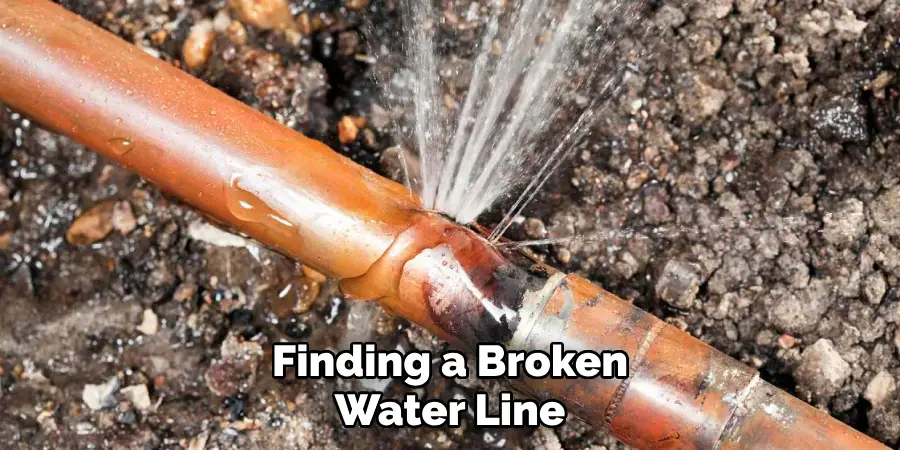
Locate the Water Meter
In order to accurately determine if you have a broken water line, you will need to locate your water meter. This is usually located outside of your home or in the basement. Once you have found it, turn off all faucets and appliances that use water.
Check the Water Meter Reading
After turning off all water sources, check the reading on your water meter. If it is still moving, this could be an indication of a broken water line. This means that water is still flowing somewhere in your plumbing system even when all faucets are turned off.
Common Mistakes to Avoid
Whether you are dealing with a broken water line or other plumbing issues, there are certain common mistakes that should be avoided. These mistakes can often lead to further damage and costly repairs in the long run. Here are some things to keep in mind when dealing with any type of plumbing problem.
1) Ignoring Leaks
One of the biggest mistakes people make is ignoring leaks. Many times, people think that a small leak is not a big deal and can be left alone until it becomes more noticeable. However, even the smallest leaks can cause significant damage if left untreated. It is important to address any leaks as soon as they are noticed.
2) Using Chemical Drain Cleaners
Chemical drain cleaners may seem like an easy fix for clogged drains, but they can actually do more harm than good. These harsh chemicals can corrode and damage your pipes, leading to even bigger plumbing issues in the future. It is best to avoid using chemical drain cleaners and instead opt for natural solutions or call a professional plumber.
3) Attempting DIY Repairs
While it may be tempting to try and fix plumbing issues yourself, it is important to know your limits. Attempting DIY repairs without the proper knowledge and tools can often make the problem worse, resulting in more costly repairs down the line. It is always best to call a professional plumber for any plumbing issues.
4) Not Shutting Off Water Properly
Before attempting any type of plumbing repair, it is crucial to shut off the water supply to the affected area. Many people make the mistake of only turning off the water to that specific fixture, which can result in a flood if there is a broken line or other issue. Make sure to turn off the main water supply before making any repairs.
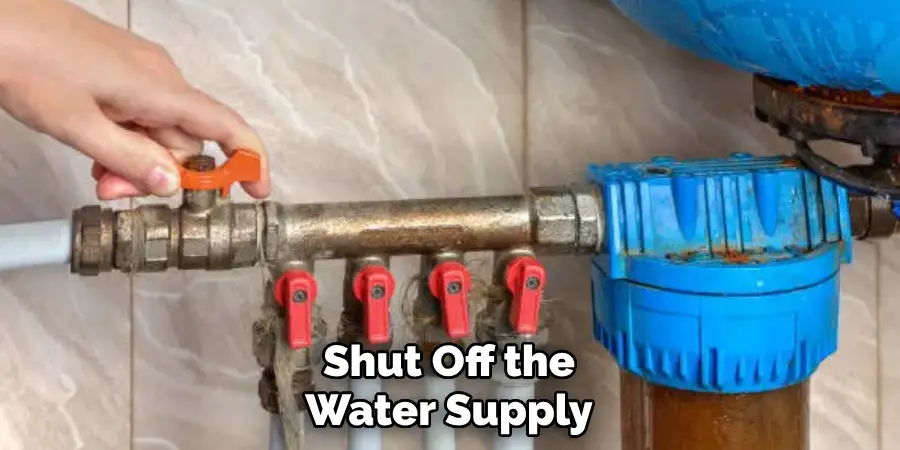
Conclusion
In conclusion, dealing with a broken water line can be a daunting and stressful experience. But armed with the knowledge and tools provided in this blog post, you now have the power to tackle this issue head on. Remember, always start by turning off your main water supply to prevent further damage and then follow the steps we have outlined to locate the source of the problem.
Keep an eye out for any unusual signs such as low water pressure, puddles or leaks in your yard, or strange noises coming from your pipes. So don’t wait until disaster strikes – take charge today by following these simple tips on how to find a broken water line! By doing so, you’ll not only be ensuring your own peace of mind but also contributing towards building sustainable and healthy communities for generations to come. Thank you for reading this blog post, now go out there and put this knowledge into action!

